
You likely wouldn’t be excited if you had to eat the same food for the rest of your life.
Boring!
However, that’s how your audience feels when you use only one type of material to market to them.
To switch things up and effectively promote your brand, it’s crucial to use the different types of marketing collateral at your disposal.
What Is Marketing Collateral?
Marketing collateral is any communication material or media you can use to promote your company’s product and services.
Marketers can use marketing collateral to:
- Build brand awareness
- Attract new leads
- Nurture existing leads
- Provide support for the sales team
- Increase customer loyalty
- Win repeat customers
[Table of Contents]
Let’s now check out the 25 types of marketing collateral you can create to promote your brand.
As you go through the list, don’t fret if you don’t already create these types of marketing materials. Instead, focus on creating the ones most relevant to your business.
1. Blog Posts
Blog posts are among the most common collateral marketers create to attract more leads. These blog posts usually live on the company website and are optimized to rank high on search engines.
It’s essential to create blog posts to help you alleviate your customers’ pain points and offer education that fills their knowledge gaps.
When your audience finds consistent value in your blog content, it becomes easier for them to trust and view you as an authority, making them less hesitant to buy or try out your products and services.
For example, here at CoSchedule, we have many blog posts that help us drive traffic, establish brand expertise, generate leads, and drive engagement.
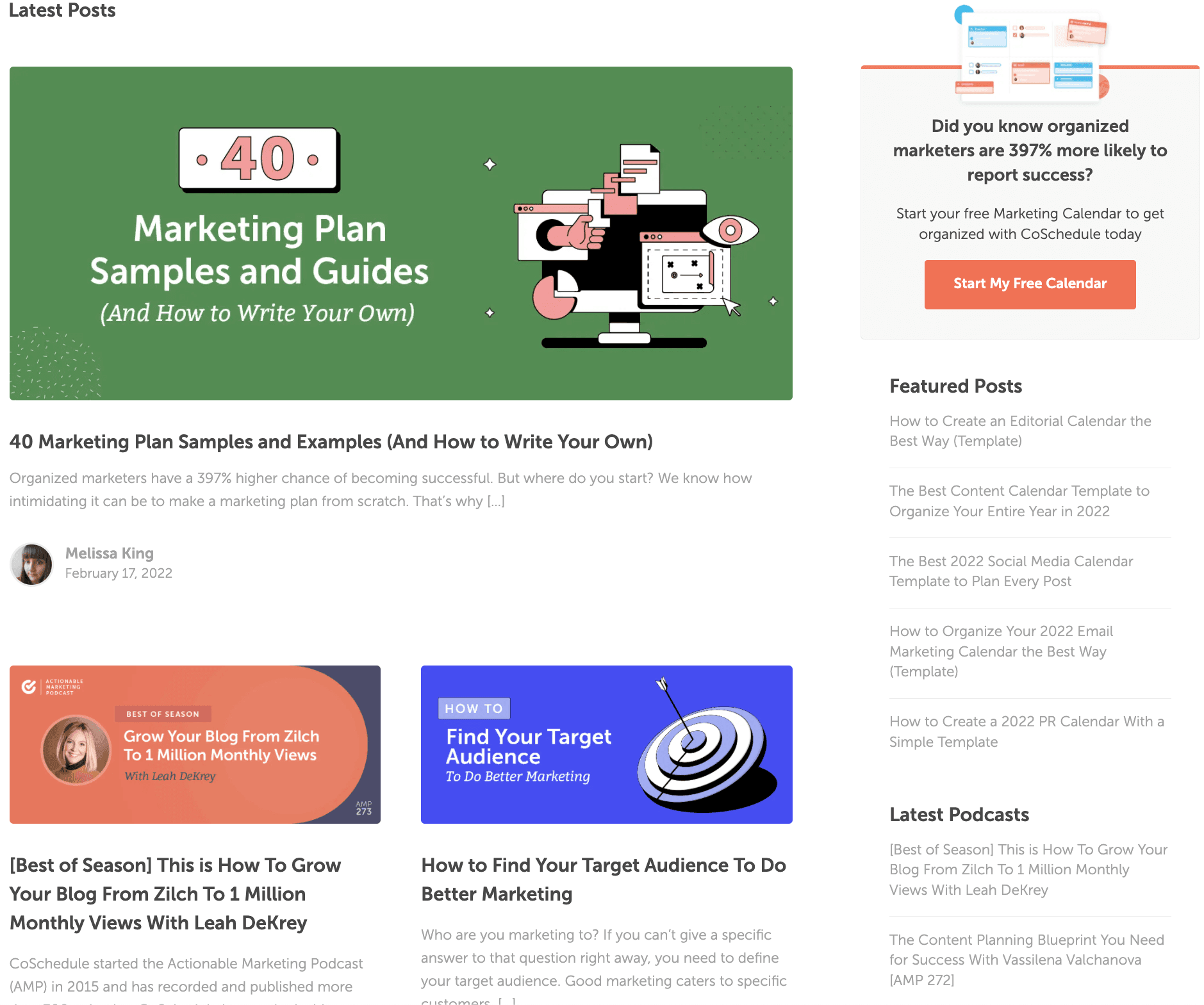
Most of these posts help us address our audience at the top of the sales funnel and move them through the entire marketing funnel till they become customers and brand advocates.
2. Landing Pages
A landing page is a standalone web page created to convert traffic from advertising and marketing campaigns.
Unlike other web pages with multiple links and different calls to action (CTAs), a landing page should have a single conversion goal—whether to make people download an ebook, buy a product, register for an event, or something else.
Because they are specific and targeted, landing pages help marketers quickly convert their audience into leads.
Here’s a short landing page example with the specific goal of making people sign up for an event.
Some of the best practices for creating landing pages that work include:
- Using a clear benefit-driven headline
- Replacing industry jargon with clear and simple language
- Personalizing your CTAs
3. Branded Content
Branded content is created to build awareness about a brand by associating it with other content with aligned values.
A great example of branded content in action is The Lego Movie, which doubled as a branded content campaign for Lego toys.
Lego focused on making a good movie first instead of looking for clever product placement, which made the campaign a win-win situation—they made a great movie and sold a ton of toys.
4. Infographics
Infographics are a fun and visual marketing collateral you can create to engage your audience.
Because of their graphic nature, infographics are handy for visualizing data, timelines, or breaking down complex subjects into a simpler and easier-to-understand format.
Considering that more than half of the brain’s surface is devoted to processing visual information, it’s a no-brainer to create visual marketing collateral like infographics. In addition, the visuals and colors present in infographics help businesses sell up to 80% more.
Here’s how to create an infographic in seven simple steps:
- Find a topic
- Do your research
- Gather visual inspiration
- Design your infographic
- Review for consistency
- Add a call to action, credits, and sources
- Publish and share
To inspire you, check this infographic we created.
5. Brochures
Unlike the other marketing collaterals we’ve mentioned already, brochures can appear both offline and online.
Before the rise of the internet, companies primarily used brochures to promote their offerings to an audience through physical or in-person interactions.
Although some companies still print physical brochures, many have chosen a digital format for their brochures. That way, they save money on printing and make the brochures easily accessible to their audience.
Whether printed or digital, brochures work because they’re usually visually appealing and versatile. For instance, a restaurant can create a single brochure that contains information about their menu, opening hours, and even coupons customers can cut and use.
No matter what you choose to do with your brochure, it’s essential to write marketing copy that attracts your dream customers.
6. Event Magazines
Now that the world is slowly opening up after the COVID-19 pandemic, companies can create event magazines to promote their conferences and events.
Unlike other types of magazines, these are created specifically for the purpose of each event.
In the magazine, people can find a recap of the event, pictures of the attendees, and information about future events.
7. Brand Stories
A brand story is a narrative that details why your company does what it does.
Just as knowing a superhero’s origin story draws you closer to them, so too is your brand story expected to make people care about and buy into what you do.
With a great brand story in place, your business will easily stand out from the rest and enjoy increased loyalty from customers.
You can find our brand story on the About section of our website.
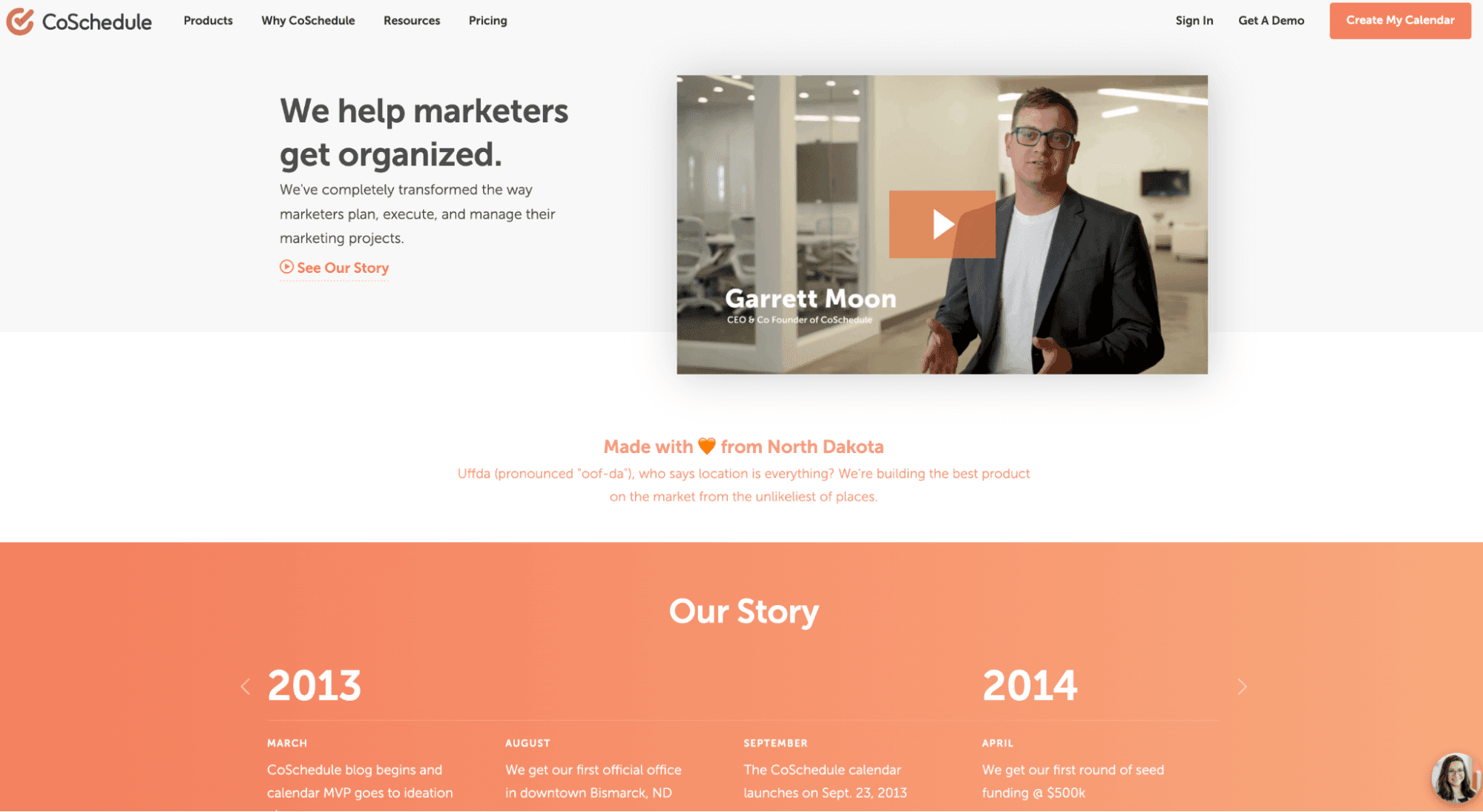
Related: How to Write the Best About Us Page With 50 Examples.
8. Case Studies
Case studies are created to provide in-depth examinations into how customers use your products and services to solve their problems.
Because they show other customers’ success with your product/services, they’re necessary marketing collateral in the sales process. According to DemandGen’s 2021 Report, case studies are among the top content formats B2B buyers consider before making a purchase.
Here’s a case study example for one of our customers we helped improve their productivity.
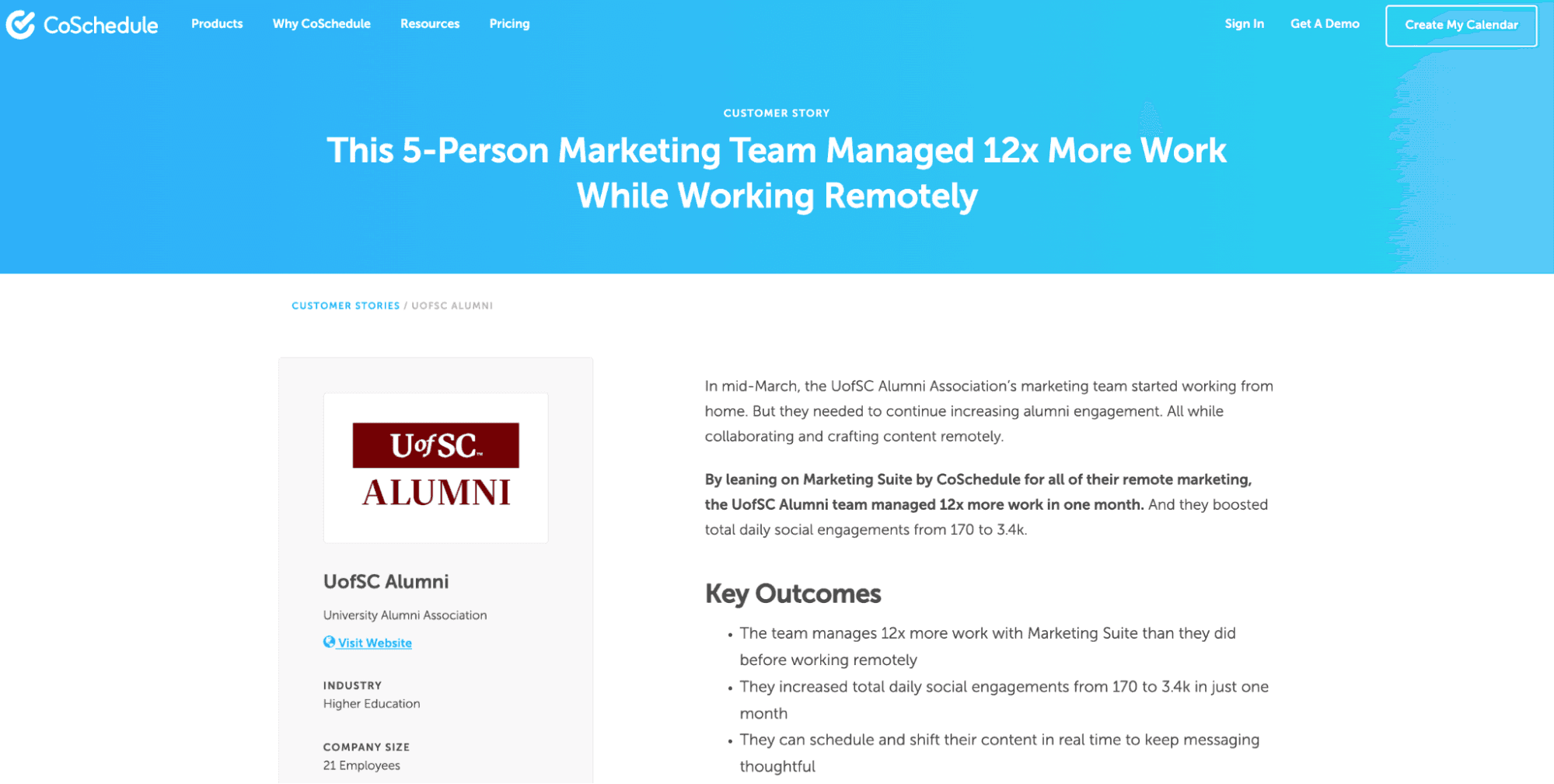
Related: How to Write Case Studies That Build Trust (30+ Examples).
9. White Papers
A white paper is a long-form, in-depth document that addresses a specific problem your audience faces.
Because white papers are also primarily educational, research-based, and written in a serious or academic tone, they work best for people at the decision stage of your sales funnel
Looking for case study inspiration? This is an excellent example from Samsung about the future state of business.
Related: How to Write White Papers Customers Want [Templates + Examples]
10. eBooks & Downloadable Guides
eBooks and downloadable guides are similar to white papers because they’re both created to educate an audience about a specific topic.
However, unlike white papers, ebooks are usually more engaging and meant for people at the awareness stage of their buyer’s journey.
eBooks also sometimes serve as an extension of your blog posts by allowing you to discuss specific topics at greater lengths.
Here’s an example of an already downloaded guide on 50+ places you can repurpose your content.

11. Podcasts
A podcast is an audio-focused marketing tool you can use to spread the word about your business.
Even though many no longer commute to and from work (usually when they listen to podcasts), they still find time in their remote work schedule to listen to relevant podcasts.
At CoSchedule, we run the Actionable Marketing Podcast—a podcast where we have conversations with marketing experts ready to share their best tips and advice.
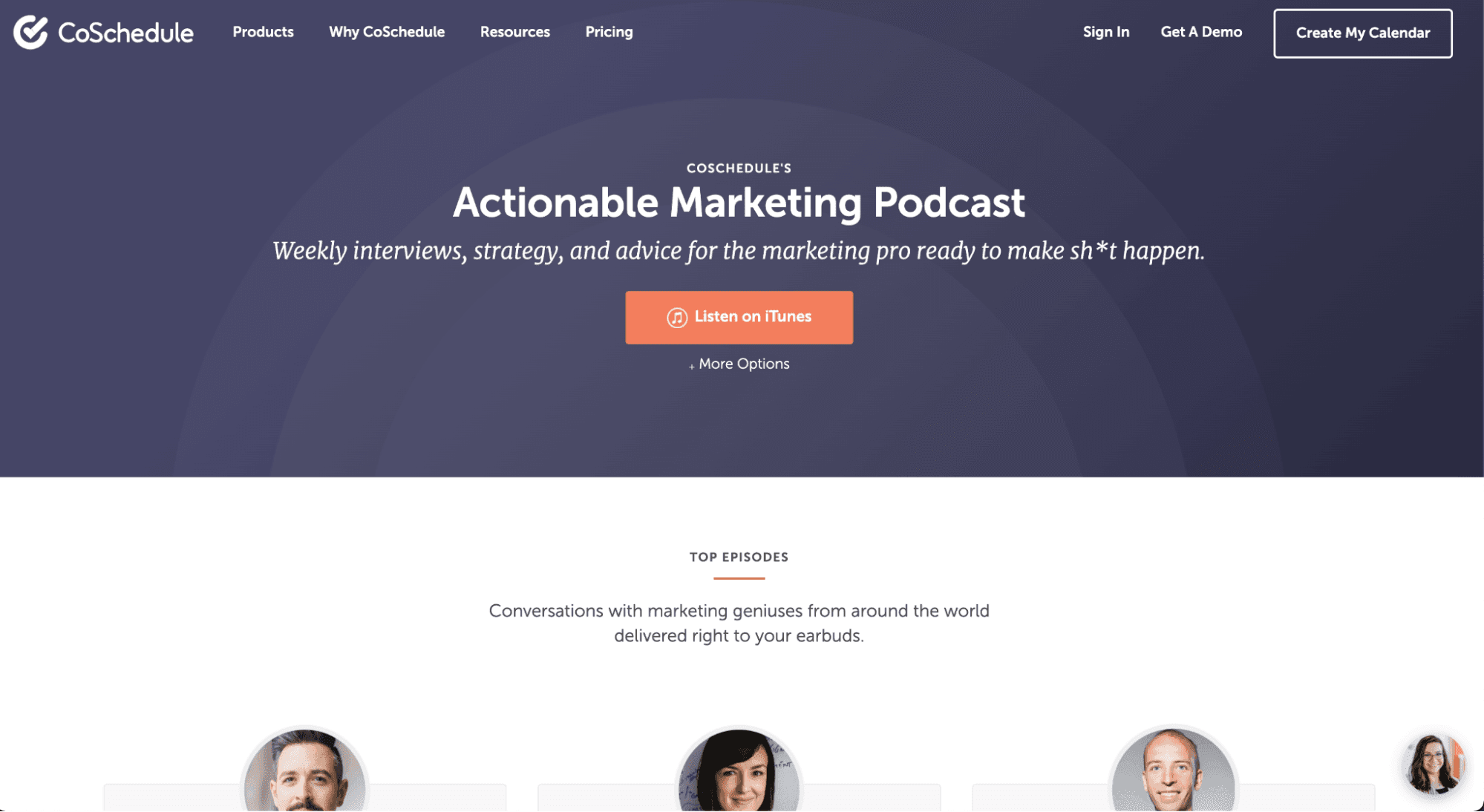
Your podcast episodes don’t have to remain in an audio format, as you can always repurpose them into other marketing collateral.
Related: The 40 Best Marketing Podcasts to Improve Your Marketing Skills.
12. Corporate Brochures & Magazines
Corporate brochures and magazines are publications companies use to showcase their products and services to customers. Although they might sometimes appear digitally, these brochures and magazines are usually printed.
The brochures and magazines are expected to have an eye-catching design and contain content that educates and engages your audience. Most companies distribute this marketing collateral at in-person events or display counters at retail stores.
Here’s an example of a Forbes magazine that appears digitally and in print.
13. Product Catalogs
Product catalogs are marketing collateral that contains all the essential details about your products to help people make a purchase decision.
These details include the product’s name, size, weight, price, pictures, available colors, description, reviews, and price, among other things.
Contrary to what you might think, product catalogs work for various businesses, not just eCommerce businesses.
For instance, here’s Nestle’s catalog that details their vast array of products, from culinary to beverages.
14. Proposals & Presentations
Proposals & presentations are a type of marketing collateral used to provide an overview of a business or project plan to an audience or clients.
These presentations are usually prepared on design tools like Canva, Visme, and PowerPoint.
As shown in the example below, the use of images and colors makes presentations an excellent medium to engage an audience.
15. Newsletters
Email marketing is one of the most cost-efficient ways to reach your customers today. Don’t take my word for it: Reports show that you get, on average, a $36 return for every $1 you spend on email marketing.
One of the best ways to use email marketing is to run a newsletter. You can use your newsletter to keep in touch with your customers, promote your products, and nurture leads.
At CoSchedule, we have a newsletter where we regularly share marketing tips with our subscribers.
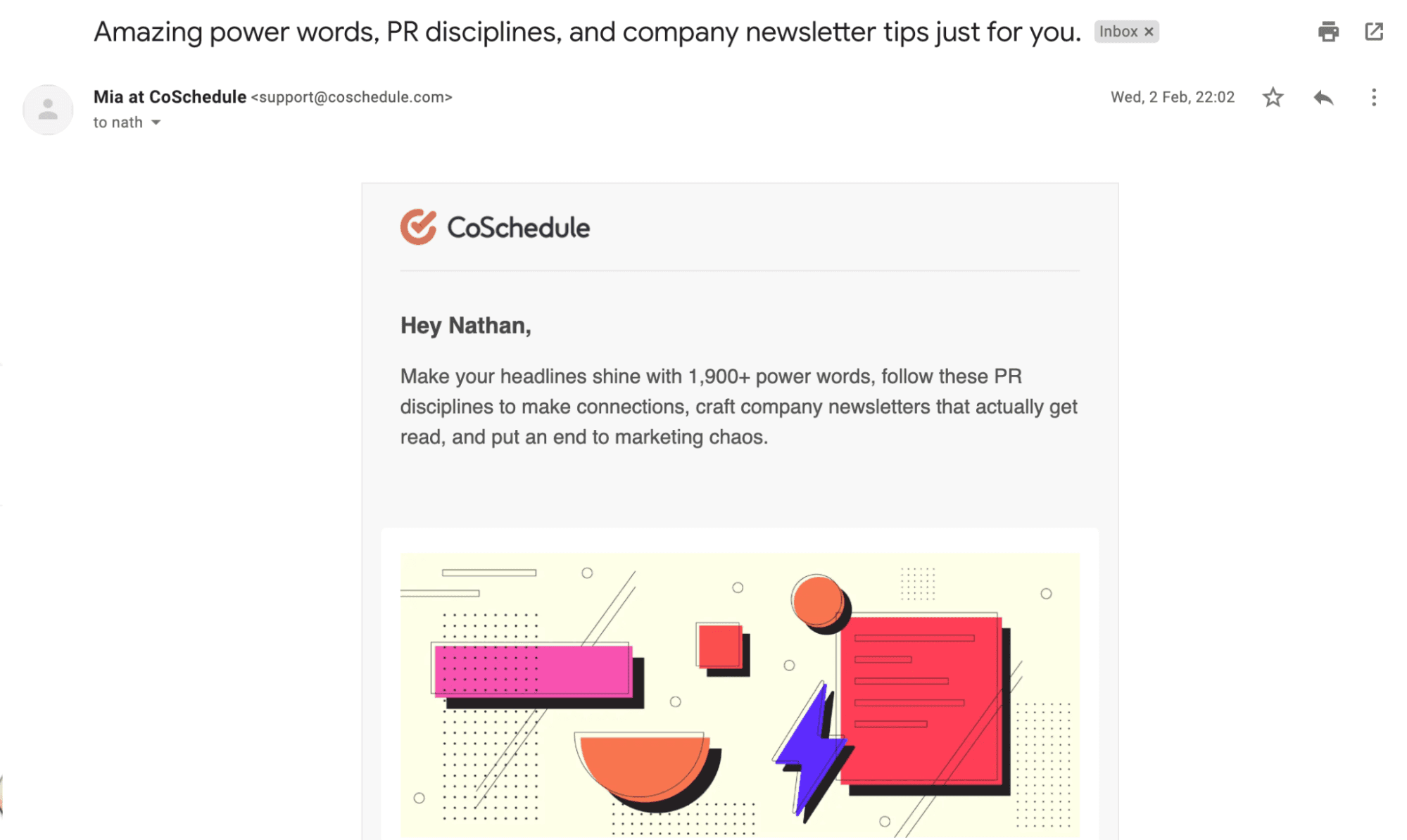
16. Re-Engagement Emails
Another way you can use email is to send re-engagement emails to subscribers who haven’t bought from you or opened your emails in a while.
Thanks to the segmentation features of email marketing, you can quickly create a list and start a re-engagement campaign targeted at these inactive subscribers.
Because you’re trying to re-engage an inactive audience, you’d need to use creative subject lines and email copy that grabs their attention.
Here’s an excellent example where GoPro asks inactive subscribers if they’ll still like to receive emails from them.
17. Abandoned Cart Emails
These are the types of emails you send to customers who don’t complete a purchase after adding items to their online shopping cart.
Considering that over 80% of online carts were abandoned in March 2021, businesses must send abandoned cart emails to recover some of the sales they’d otherwise have lost.
You can use this email example from Feshto to inspire yours.
Related: How to Harness the Power of Abandoned Cart Emails: Strategies and Examples.
18. Customer Magazines
You can think of customer magazines as newspapers, except that they’re focused on news within your industry and are usually published bi-weekly or monthly.
These magazines help your audience stay on top of news within your industry.
Considering the amount of online distractions people face daily, customer magazines offer your audience a quiet and relaxed way to enjoy content.
Popular examples of customer magazines include Elle, GQ, Rolling Stone, and Time.
19. Member Magazines
These are closely related to customer magazines, except for one key difference: member magazines make more exclusive content and value-added services available to the magazine’s paying subscribers.
It’s common to place these magazines behind a paywall so that not everyone has access to them.
For instance, The Atlantic’s magazine comes with three subscription tiers with varying benefits.
20. Webinars
Webinars, or web seminars, are video-based online presentations hosted live using webinar software. These presentations could be training sessions, workshops, or classes that aim to pass information across in real-time to an audience.
Due to the pandemic, more businesses are now using webinars than ever before. And they’re finding success with it as 76% of respondents on this ON24 survey mention that webinars helped them reach more leads.
Knowing the power they hold, we also use webinars here at CoSchedule.
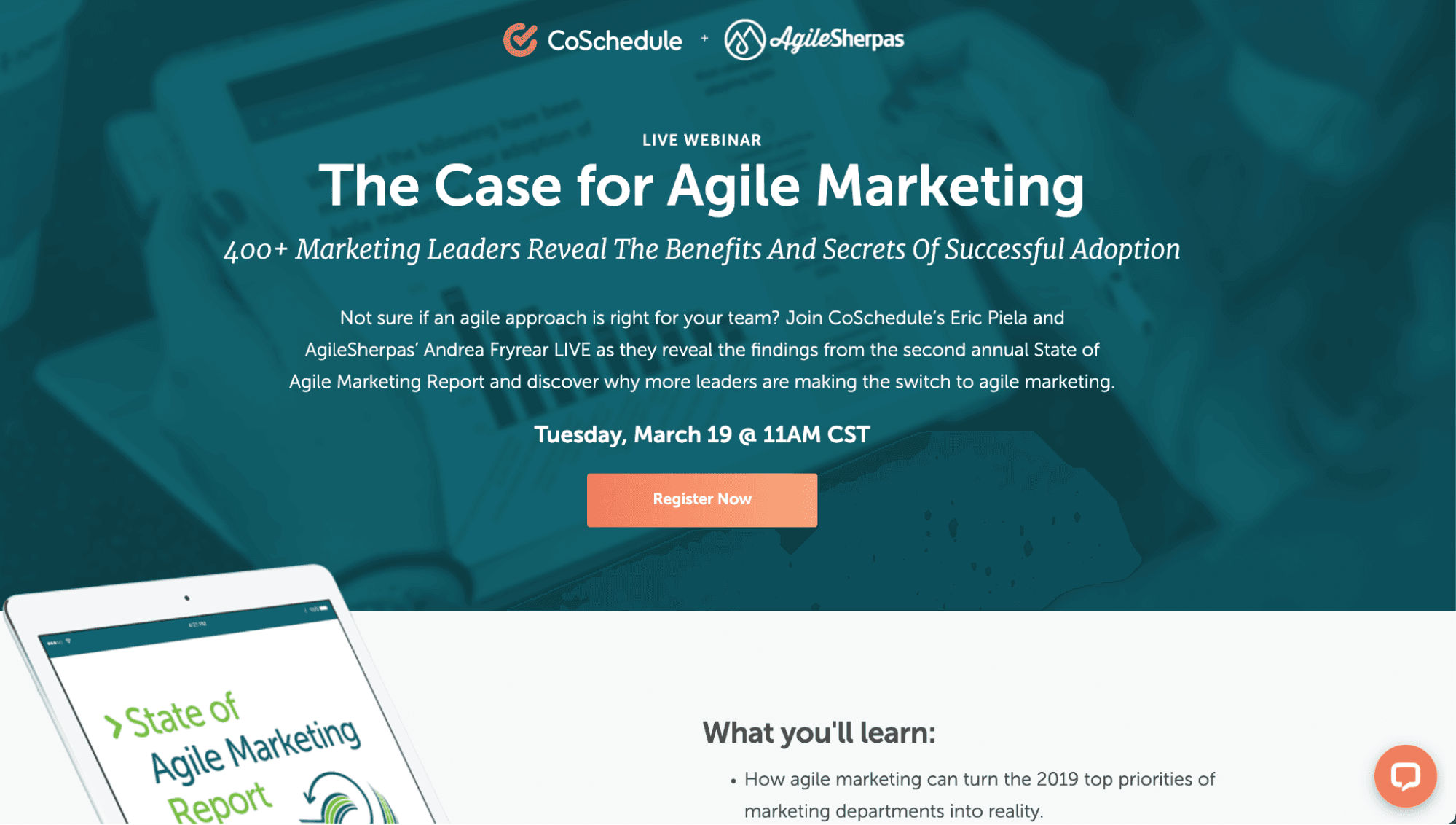
21. Testimonials
A testimonial is a statement from a customer or client endorsing your products and services based on their personal experience.
Testimonials are vital because they serve as social proof and encourage others to buy from you. Therefore, your testimonial needs to be specific, personalized, and direct to get the most out of it.
Here’s an excellent testimonial from one of our customers who used CoSchedule to create seamless workflows and improve productivity across three teams.
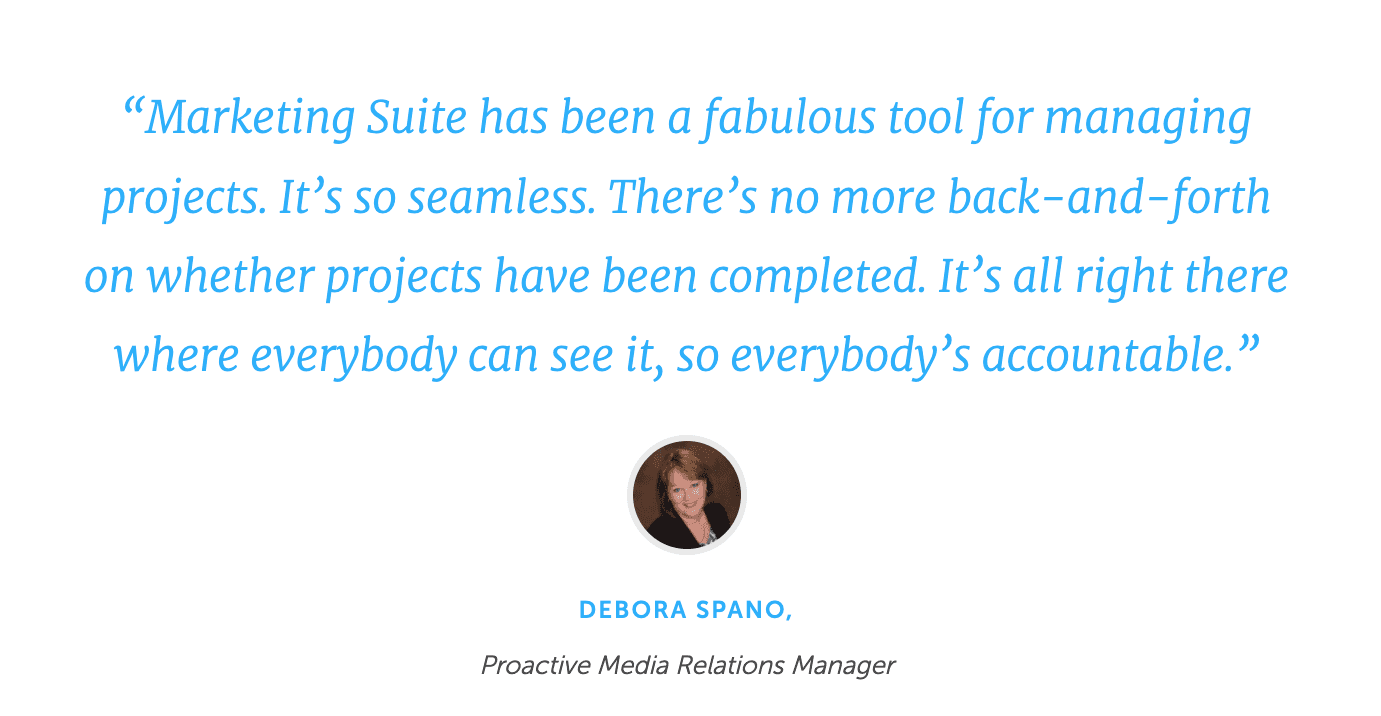
22. Email Signature
Although often overlooked, your email signature provides ample real estate for you to create marketing collateral.
Instead of leaving your email signature area blank, include your name, position held, contact information, and company logo — all of which add to your company’s marketing whenever you send an email.
Below is a simple example that can inspire you.
23. Digital Report
If you run a company that collects a ton of data, you should create digital reports as a marketing collateral.
These reports usually present an analysis and visualization of original data for the public. And because the reports are typically unique, it positions businesses who create them to receive a ton of backlinks.
For instance, Statista offers free and paid digital reports on its website.
24. Visual Aids Used In Presentations
Another set of marketing collateral to create for your business are visual aids used in presentations. Visual aids might include cartoon characters, props, and charts.
Although they might be subtle, these visual aids add to your brand’s consistency and help your audience understand your message better.
We used simple cartoon characters to pass our message across to our audience in this video.
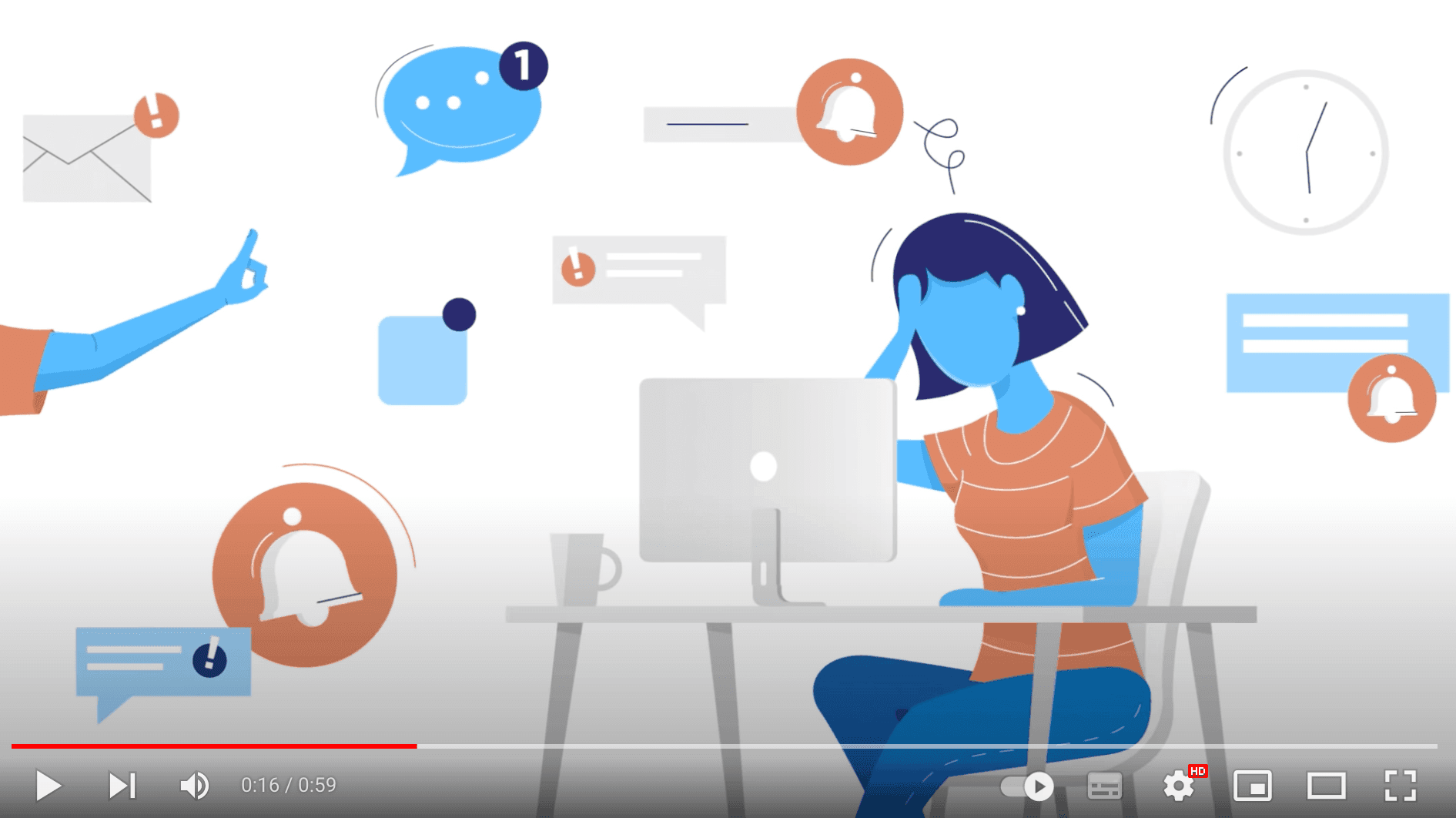
25. Company Awards
If you’ve just won an award, you can use it as marketing material to promote your business.
These awards add to your company’s credibility and show that even your competitors recognize you as a high performer.
To make the most of these awards, you can feature them prominently on your website, ask customers to share the news, or write a press release about it.
We feature some of the awards we’ve received on our website to serve as social proof. You can do the same too.

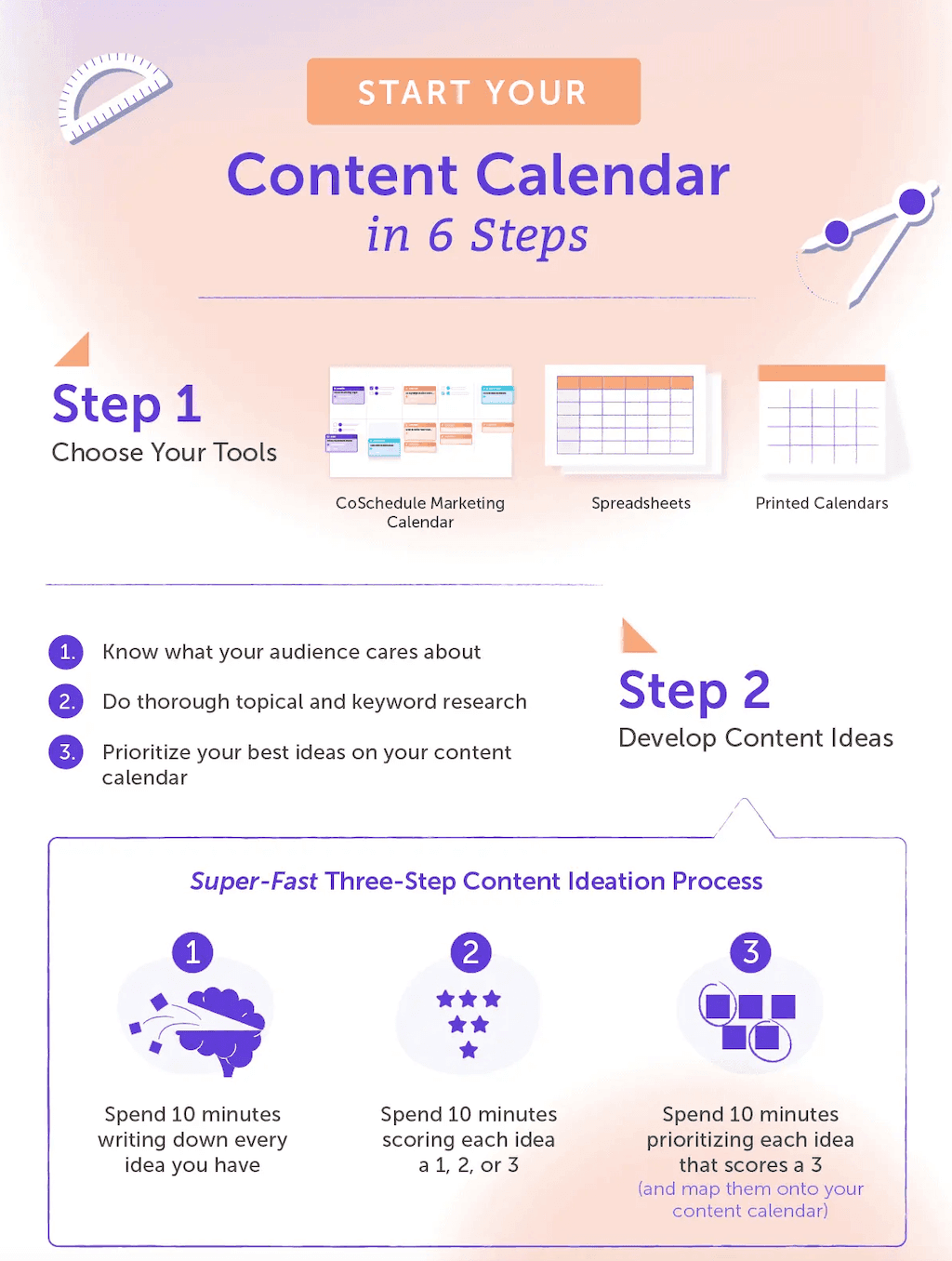
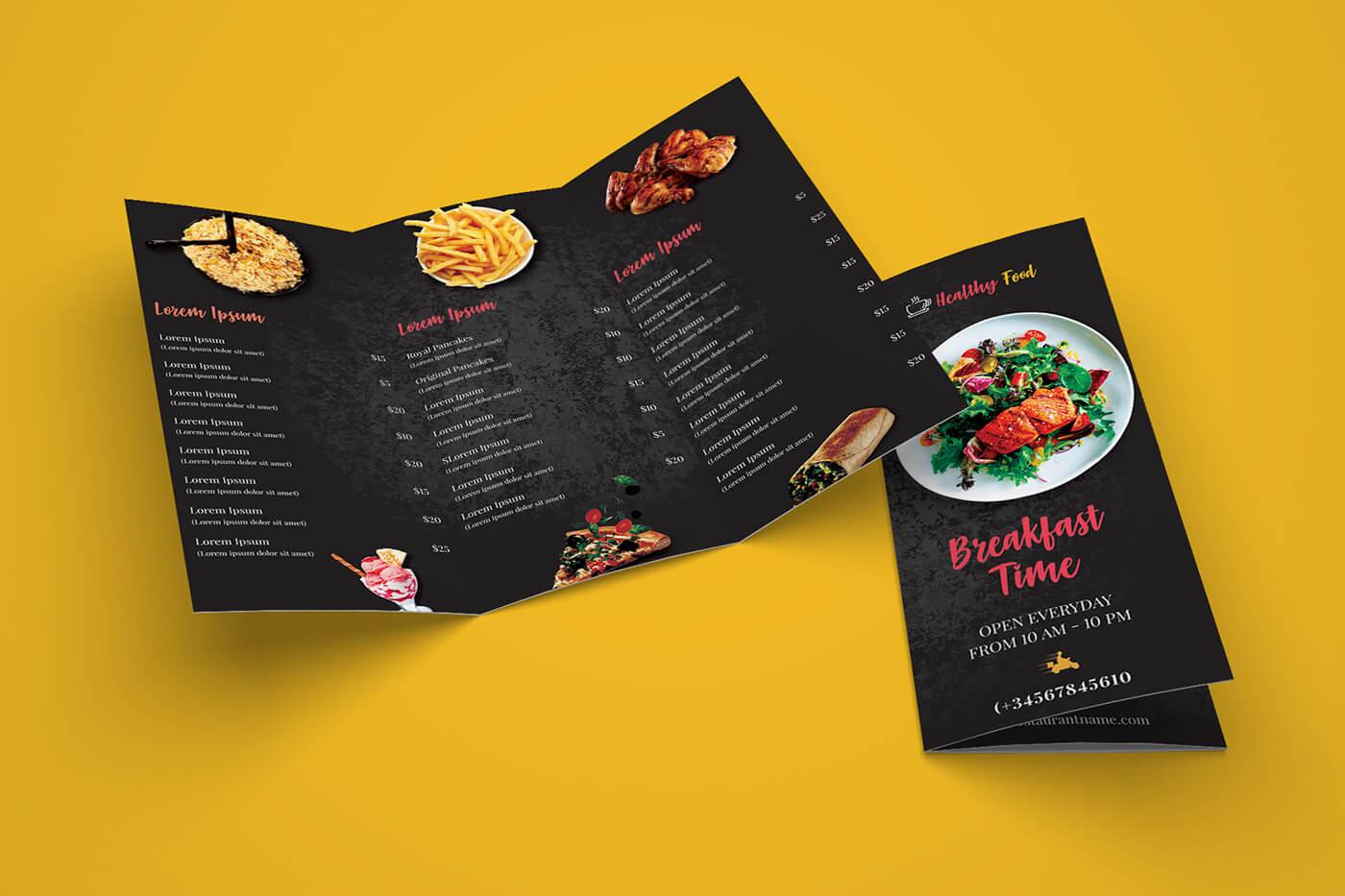
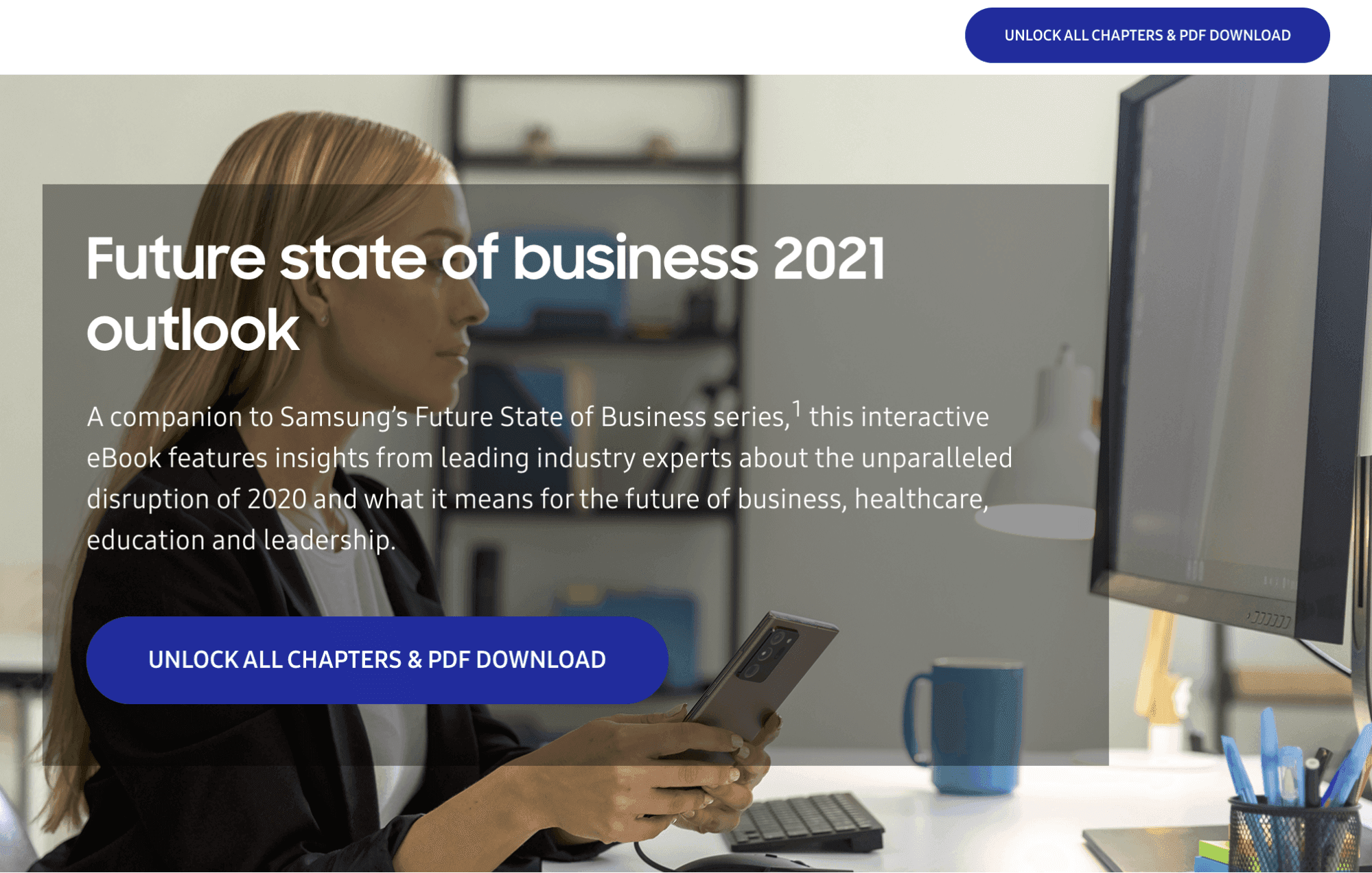
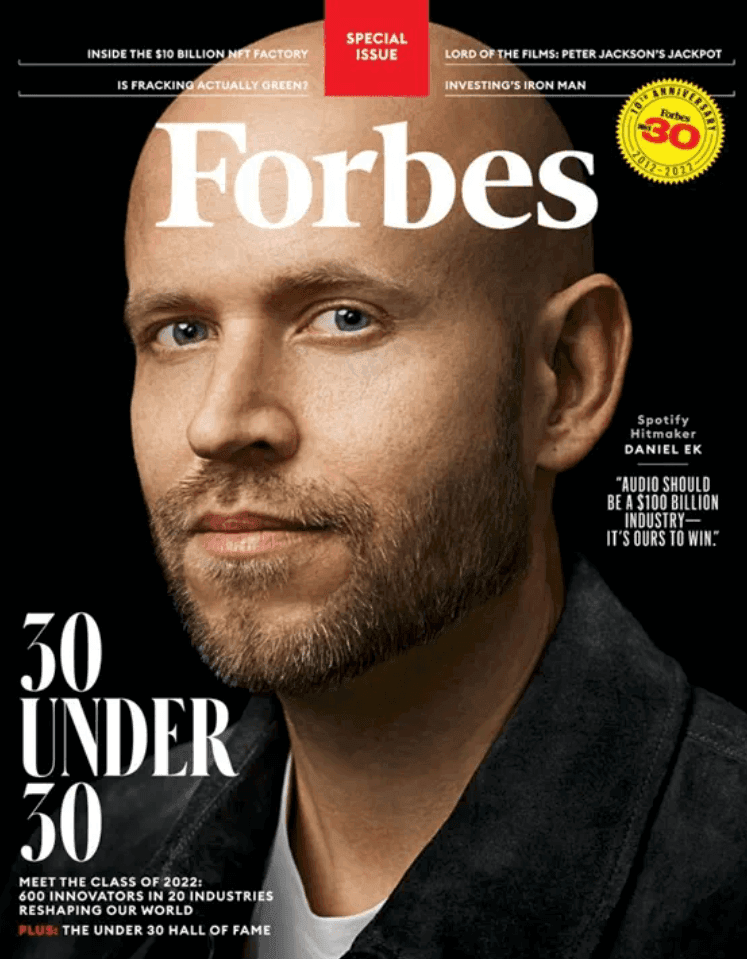
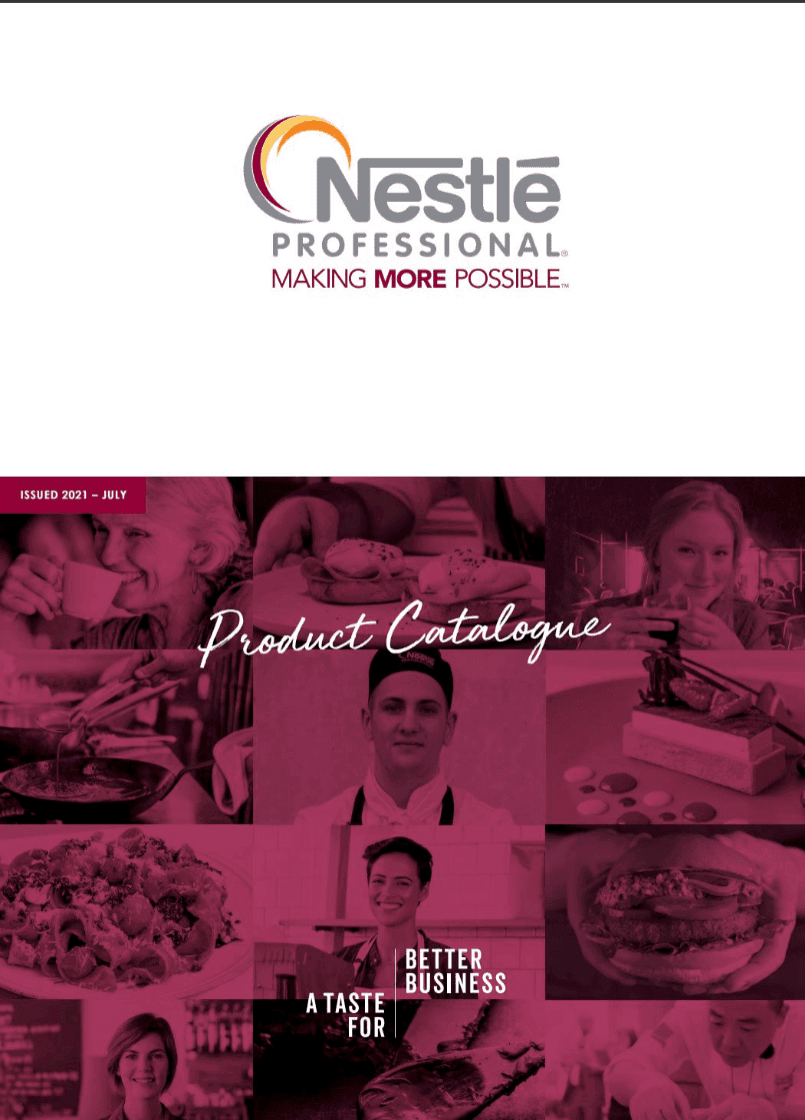
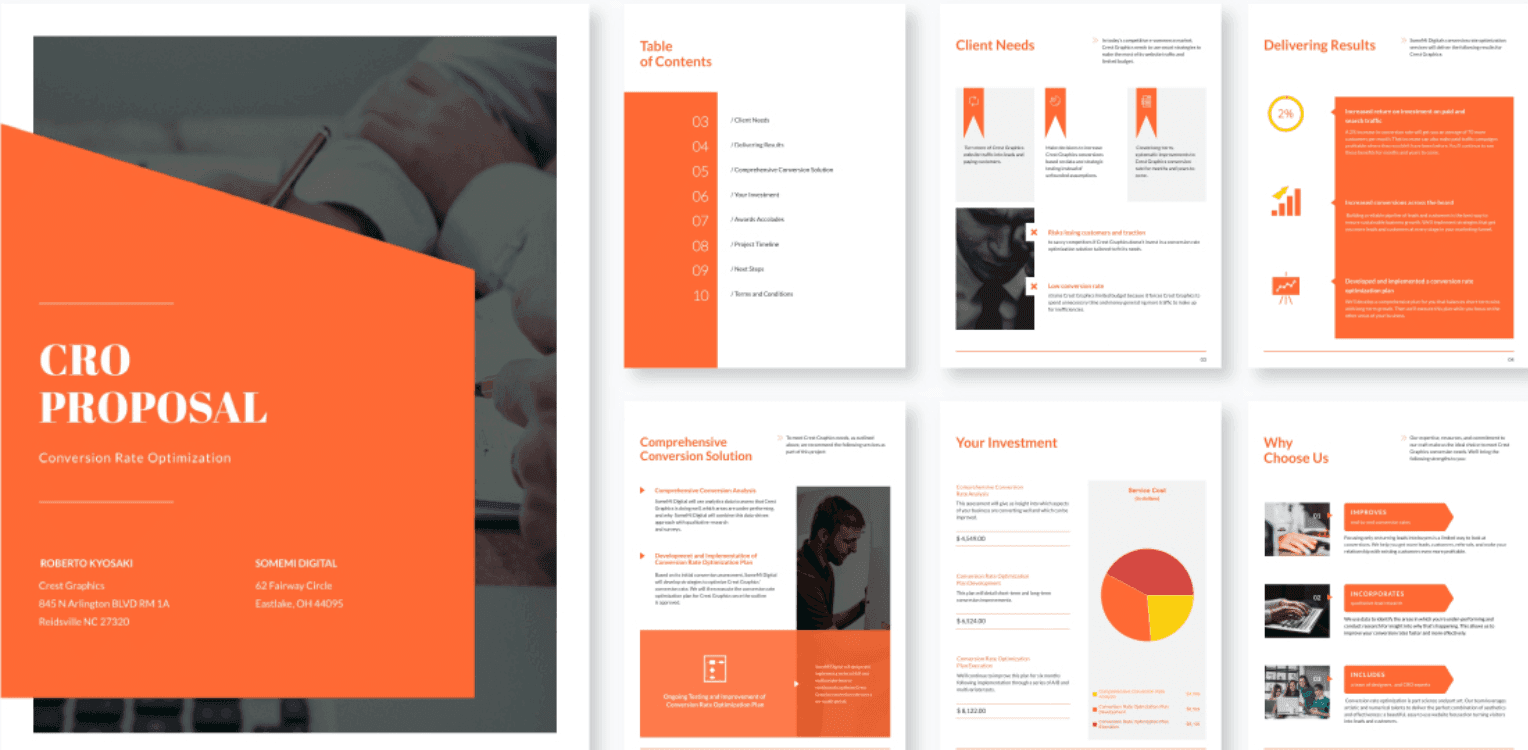
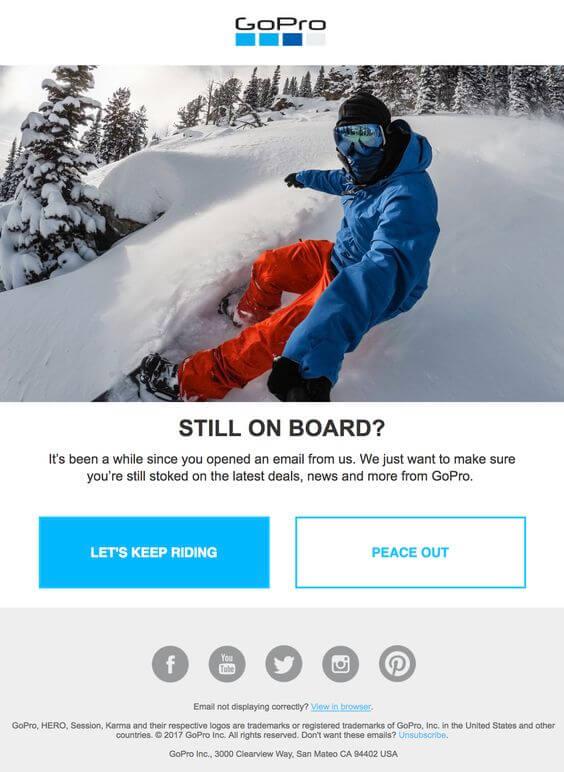
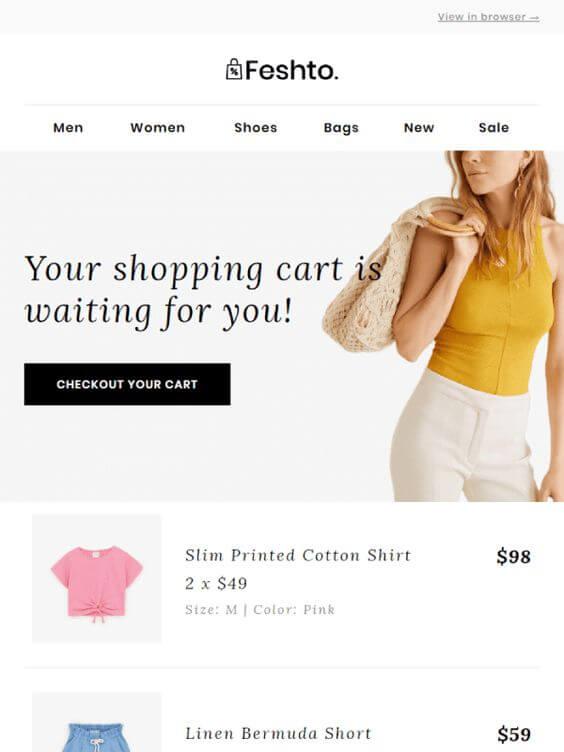

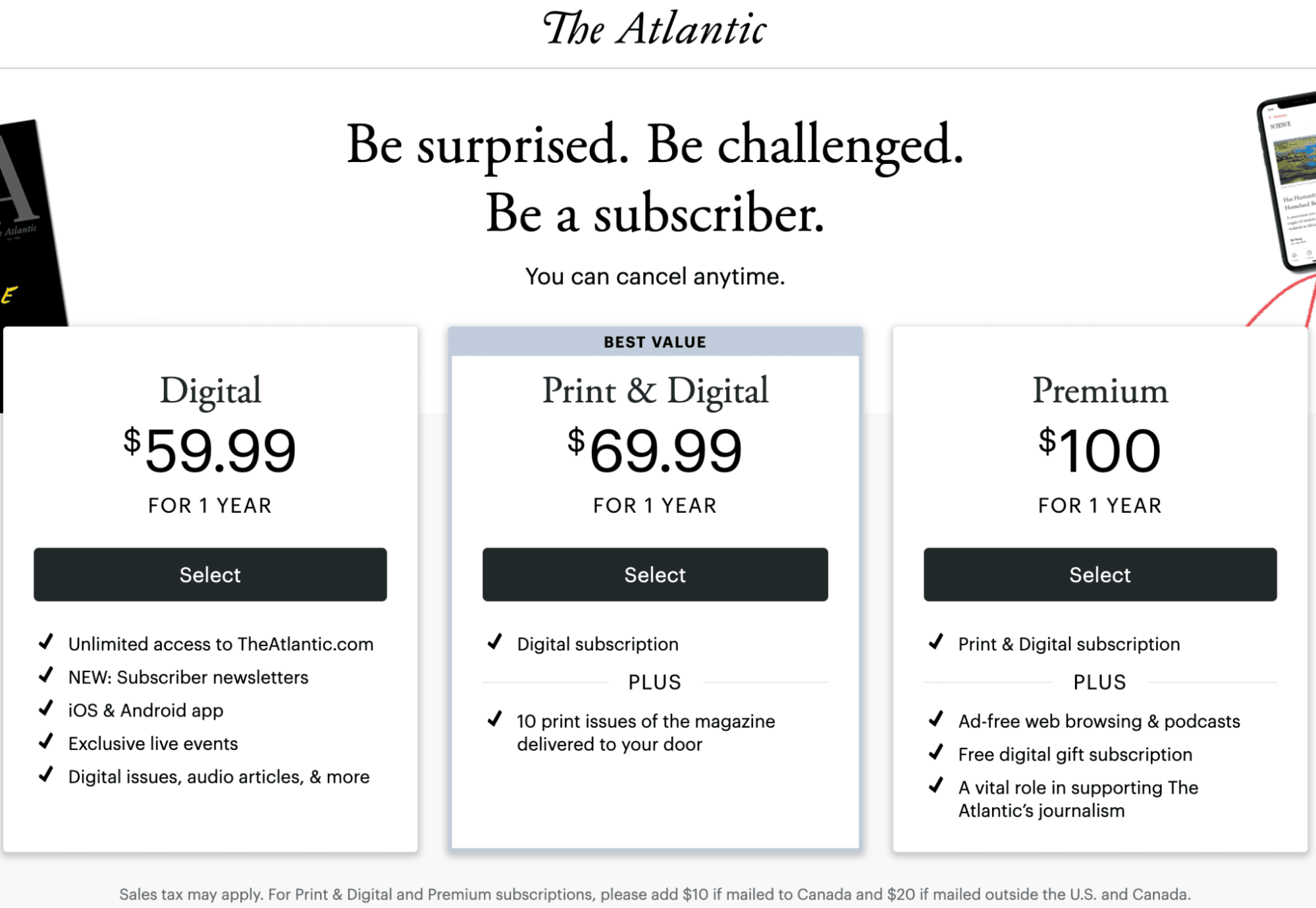
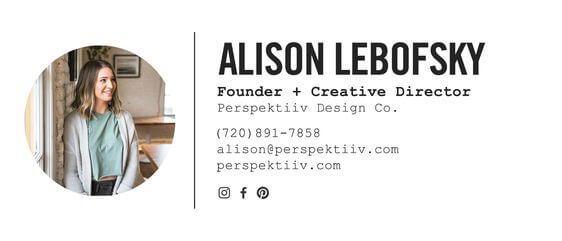
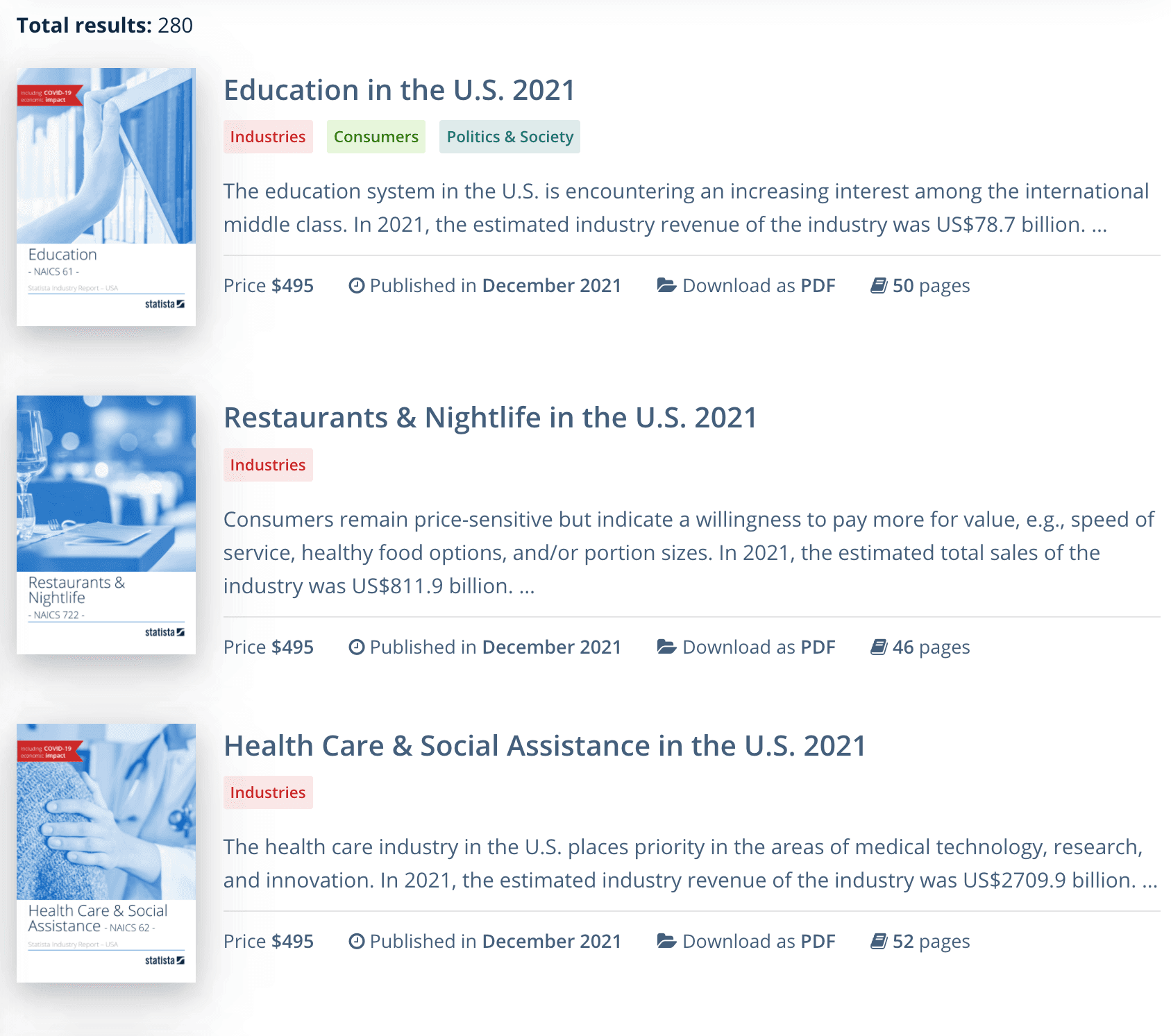
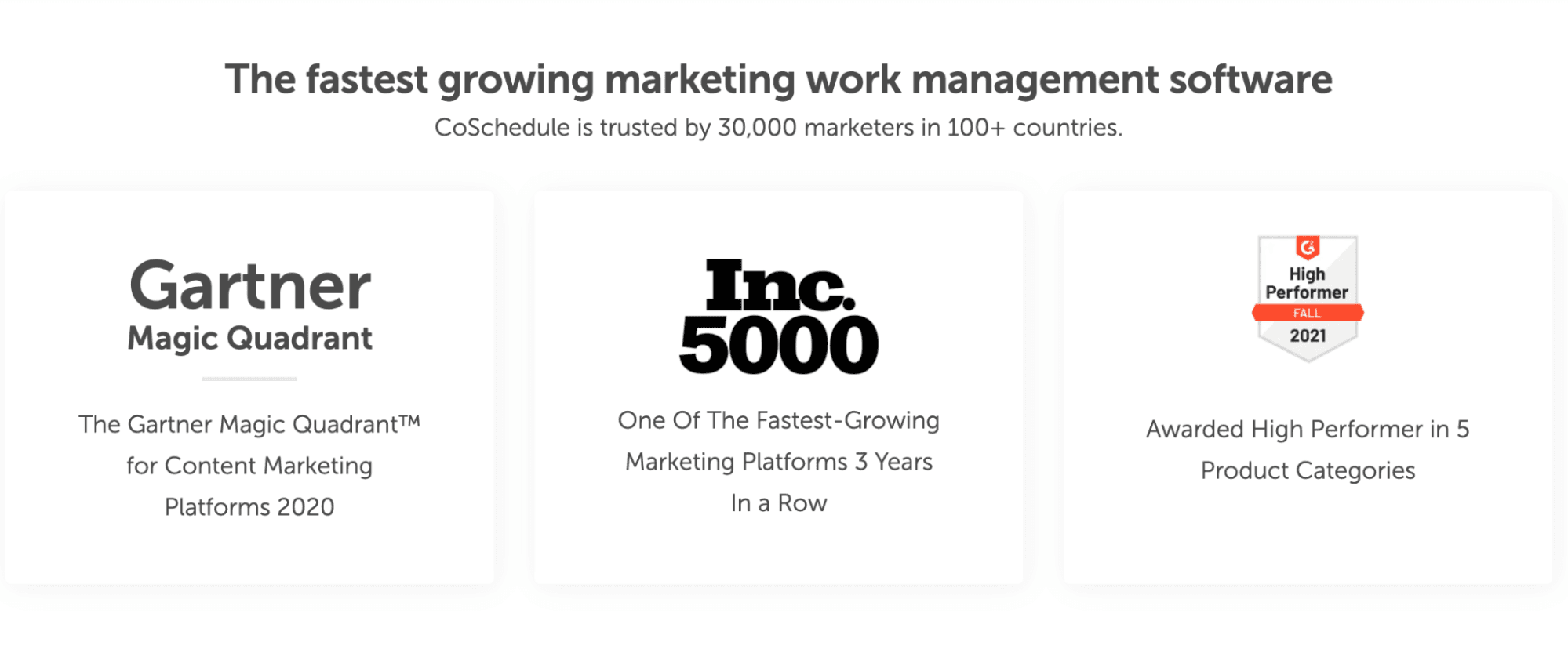
Comments
Post a Comment